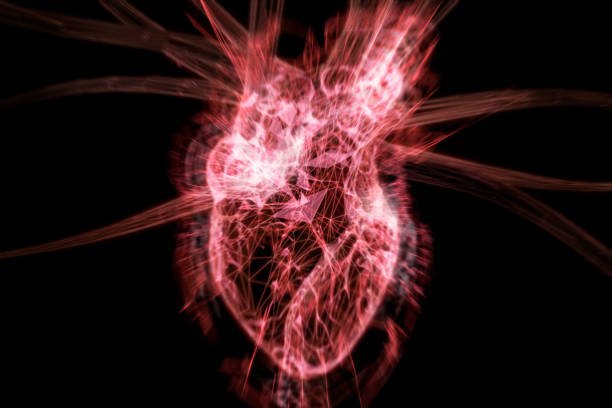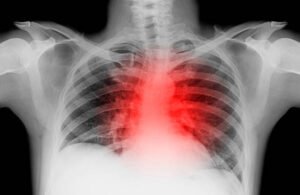
At one time, heart disease primarily affected only the elderly. However, today, it impacts people of all ages. As young people constantly keep up with technology, they often lack the time to focus on their health. This leads to various health issues at an early age, with heart attacks becoming increasingly common among the younger generation.
A study presented at the British Cardiovascular Society (BCS) Conference 2023 in Manchester has changed the way we look at heart attacks. Conducted under the leadership of some of the world’s top medical experts, the study found that Mondays have a higher risk of severe heart attacks compared to other days of the week.

For this study, researchers analysed the records of more than 10,000 individuals between 2013 and 2018. These patients were admitted for a severe type of heart attack known as STEMI (ST-Elevation Myocardial Infarction), which is life-threatening and occurs when a major artery to the heart is completely blocked. If emergency treatment is not provided, this heart attack can be extremely dangerous.
Doctors have found a 13% increase in STEMI rates on the first day of the week. The lead researcher of the study stated, “We observed that there is a higher likelihood of severe heart attacks occurring on Mondays. We also know that the chances of heart attacks are higher in winter and during the early morning hours. A similar trend is observed in stroke incidence as well,” he said.

Furthermore, he stated, “We are not exactly sure of the precise mechanism behind these variations. However, we believe it is related to how circadian rhythms affect circulatory hormones that influence heart attacks and strokes. This could be due to the stress caused by returning to work. When stress levels rise, the amount of the stress hormone cortisol also increases, which in turn raises the risk of heart attacks.”
In this context, there are subtle differences between a regular heart attack and a silent heart attack. By taking precautionary measures and not ignoring the warning signs, one can avoid life-threatening situations. In general, a silent heart attack is likely to occur before a major heart attack. Currently, 45% of heart attacks are caused by silent heart attacks, and studies suggest that men are more affected by this condition than women.

Silent Heart Attack Symptoms
When a silent heart attack occurs, chest pain may not be severe. Mild pain in the arms, neck, or jaw, along with blurred vision, could indicate a silent heart attack. Many people ignore these symptoms, failing to recognize them as heart-related issues. As a result, they may suffer a severe heart attack years later, which can be fatal.
Recognizing the Symptoms is Crucial
A mild pain near the chest may occur, feeling as if someone is pressing down. If such symptoms appear, do not ignore them. Heart attack symptoms can manifest in different parts of the body, such as pain near the chest, discomfort in the arms, spine, neck, jaw, or abdomen. These symptoms are not the same for everyone, making them difficult to identify. Most people experience back pain as a common symptom.

Some people may have difficulty breathing and may be unable to take deep breaths. Additionally, they may feel exhausted while climbing stairs. This happens because the heart is unable to supply oxygen-rich blood adequately to the body. Shortness of breath is a common issue when there is discomfort in the chest. However, it can also be a symptom of a silent heart attack.
At times, you may find it difficult to carry out daily activities. Even walking or doing laundry may become challenging. This, too, can be a sign of a silent heart attack. Some people may experience nausea, while others may sweat excessively. If this happens, they should be cautious. Regular heart check-ups and monitoring cholesterol levels are essential.
Subscribe to our channels on YouTube & Telegram & ![]() Tamilnadu &
Tamilnadu & ![]() Pondicherry
Pondicherry
